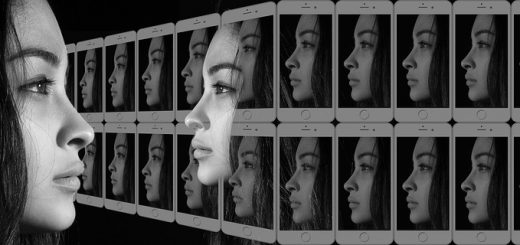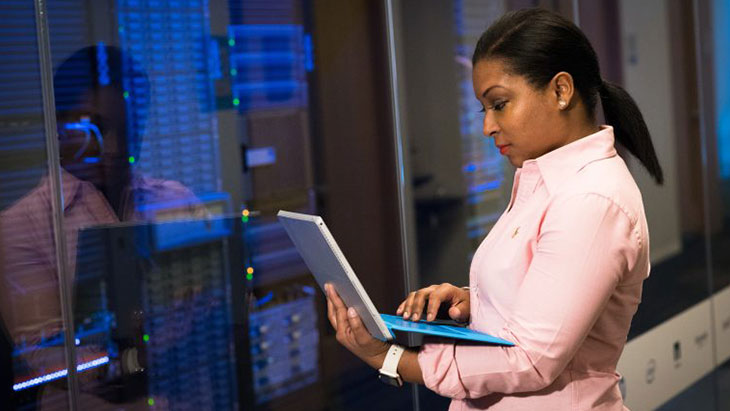How does VR impact us? Let’s find out

Image credit: Pexels
Be it education, medicine, healthcare, online shopping or watching movies, Virtual Reality gives an immersive experience in almost every aspect of life
A decade ago, the issue of ‘cybersickness’ would be an unthinkable possibility. But now, it’s an inescapable reality. With virtual glasses opening limitless world and imagination, there are reports of dizziness, headaches, nausea, eye sore, blurred vision and other health concerns. With tech advancements like metaverse creating new teaching, learning, entertainment, business, and employment opportunities, it’s critical to surmount this obstacle for human progression.
Be it education or medicine, online shopping or watching movies/serials, a Virtual Reality headset gives a new horizon to all the advancements technology has been making.
Expert speak: Understanding cybersickness and what data indicates
A harmful side effect of virtual reality, cybersickness occurs when the human brain finds it difficult to adjust the shift from virtual reality to the physical world. Typically, when the brain becomes used to the immersive digital environment using VR glasses, it loses its sense of spatial awareness which is present in the real world. When these glasses are removed, the brain is still in the virtual world as compared to the body which is in the physical world. The result? Disorientation, imbalance, vision impairment and other symptoms mentioned above.
Two men were reported to fall off a cliff in Encinitas, California, as they were too occupied playing Pokemon Go.
Other than being addictive and making you feel delusional, prolonged usage of VR headsets could lead to hearing loss, spread contagious diseases and infections and cause skin irritation in some cases. VR headsets that can be connected to mobile phones pose a risk of increased radiation. This could affect the human reproductive system, disrupt sleep, or cause mood swings and lead to cancerous growth in the body due to prolonged exposure.
A recent study in Coburg University in Germany found dismal results. Two of 18 volunteers who spent one full work week in a VR headset version of the metaverse dropped out with cybersickness symptoms on the first day. The remaining 16 said they felt that their workload had increased 35%, frustration was up 42%, eyestrain almost 50%, participants’ self-rated workflow went down by 14% and their perceived productivity dropped by 16%.
Similarly, a study from Iowa university had initial results where 150 undergraduate students indicated that symptoms do improve with just three 20-minute sessions of VR over a week, but a higher percentage of women and people who are prone to motion sickness have a harder time adapting to cybersickness and different VR environments.
The plus side of VR headsets
VR in Education
Having a VR set explaining the laws of gravity is a lot better than the traditional way of teaching. 360 VR – a type of VR – could make History classes more immersive and interesting. It helps the learner to associate the topic on hand in a much better way. As it is a normal human tendency to remember pictures better than words, what could be better than a VR set to spark the imagination and encourage creative thinking? Stanford University has initiated Creativity Workout – a course conducted completely in Virtual Reality. Similarly, the University of British Columbia’s Peter A. Allard School of Law is using VR chats to offer lectures.
VR’s contribution to Defence Services
Military Simulation and Virtual Training market size is estimated to grow by USD 6.11 billion from 2021 to 2026 at a CAGR of 7.13%. In a world where defence training is otherwise too expensive or dangerous in the real war-zone scenarios, VR not only offers combat training in various scenarios where the user could test strategy and logic, it’s also helpful in creating simulated trainings for Air Force pilots and Navy officers. Rescue operations could be synthesized using VR, so does designing, manufacturing, maintenance and providing VR manuals on how to use the various defence equipment.
Medic forces are another major aspect of the military. With VR, trainees get an almost real environment and work through the most effective response that includes battlefield triage, specific trauma treatment, emergency medicine, anesthesia, and tactical rescue procedures.
VR in Healthcare
Not just surgery, VR has extended improvements in dentistry, helping patients with dementia and PTSD, and detecting early Alzheimer’s. Platforms like SentiAR and Proximie are helping surgeons to scan the body, identify problems, examine on a 360-degree scale, and decide on the best process and methods for invasive procedures. Beholder, a VR project, helps one see the world from the perspective of people with Autism Spectrum Disorder (ASD) and thus develops programs and simulated training that helps them cope better.
Today, with VR, one can have an immersive experience in almost every aspect of life whether it is painting, exercising, socializing with people through apps like RECO, watching TV or Netflix, meditating, or attending live concerts and shows from the comfort of your home.
The way ahead
Virtual Reality has raised new questions around legality, but the current laws, unfortunately, only capture copyright violations, virtual data privacy and virtual crimes. There are no set rules or laws that define safe usage of VR.
VR comes with its own set of drawbacks for health and social well-being, if not used appropriately. It could lead to myopia, according to Professor Martin Banks, University of California, Berkeley.
A detailed product manual that includes instructions on usage time, and possible side effects, is required.
Finally, it’s the responsibility of the user to use the VR sets judiciously, follow the usage instruction, take breaks at regular intervals, and discontinue use if they experience any of the side effects mentioned in the user manual.



